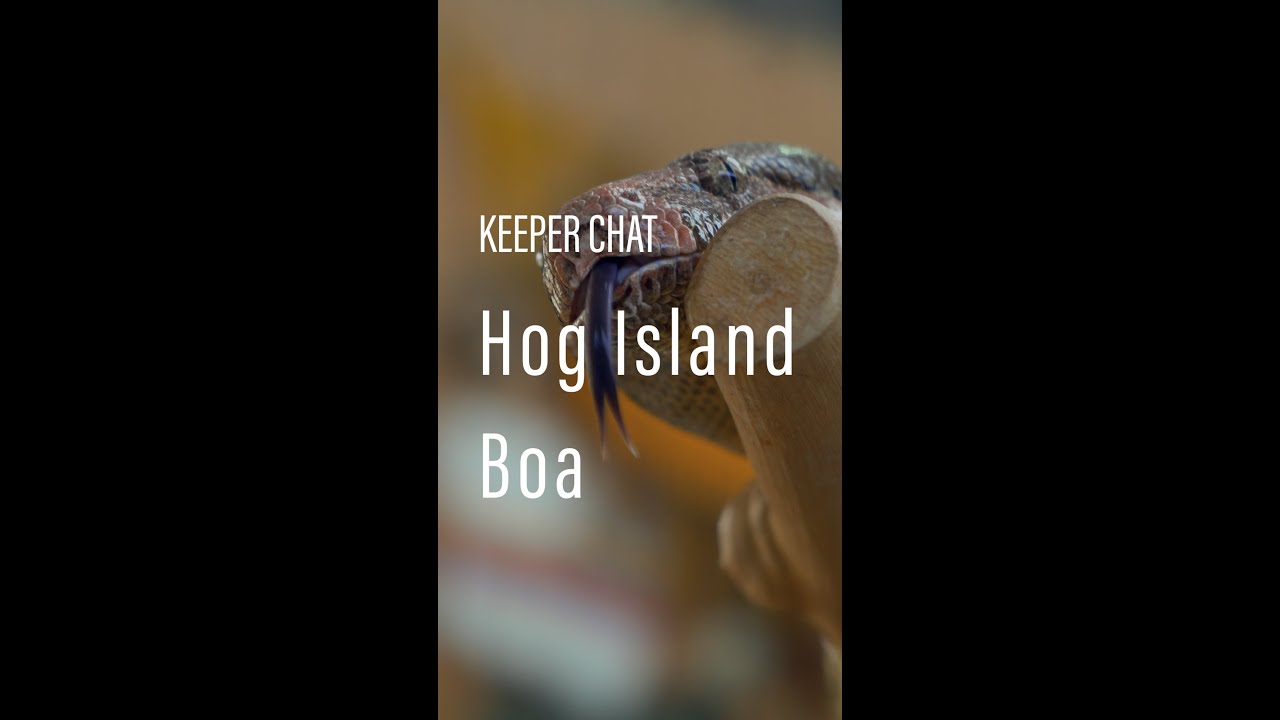– The role and responsibilities of Zoo Keepers, emphasizing their interaction with animals like the Hog Island Boa
– Educational outcomes stemming from Keeper Chats, including visitor engagement and awareness
– The significance of the Hog Island Boa and its characteristics as a case study
– Conservation efforts championed by zoos and how they contribute to the longevity of species like the Hog Island Boa
Zookeepers play a pivotal role in the day-to-day operations of a zoo, not only ensuring that animals are cared for but also serving as educators and conservationists. For example, the interaction between a zookeeper named Donnie from the Minnesota Zoo and a Hog Island Boa. This scenario exemplifies zookeepers’ essential tasks, such as feeding, habitat maintenance, health monitoring, and perhaps most importantly, educating the public about the animals under their care. Through Keeper Chats, zookeepers have the unique opportunity to engage visitors, share fascinating facts about the animals, and highlight the importance of wildlife conservation.
Keeper Chats are interactive discussions that allow zoo visitors to gain insight into the lives of the animals at the zoo. These educational talks aim to increase awareness about different species, their natural habitats, and the challenges they face in the wild. For instance, a Keeper Chat that involves a Hog Island Boa with Donnie, a naturalist at Minnesota Zoo, provides a platform for audiences to learn about this particular species, its diet, habitat preferences, and conservation status. As a result, visitors leave with a deeper understanding and appreciation of wildlife, which is crucial in fostering a sense of responsibility toward environmental and conservation efforts.
The Hog Island Boa, a subject of such educational sessions, is an intriguing study subject. Native to the Hog Islands off the coast of Honduras, this snake is known for its distinctive appearance and adaptive behavior. Understanding its biological and ecological traits can give insights into its survival strategies and vital information for conservationists protecting such species. Moreover, discussing the Hog Island Boa during a Keeper Chat can illuminate its role in the ecosystem and the importance of preserving its natural habitat.
Conservation is a major focus for zoos across the globe, with many institutions actively participating in breeding programs, research, and habitat restoration projects aimed at supporting endangered species. By showcasing animals like the Hog Island Boa and discussing the conservation efforts to protect them, zoos play a critical role in educating the public about biodiversity and the steps necessary to protect it. This involves breeding endangered species under controlled conditions, reintroducing them into their natural habitats, and working with local communities to ensure survival. Keeper Chats amplify these messages, making them accessible and compelling to a broad audience.
In summary, zoos offer invaluable educational experiences that bridge the gap between humans and wildlife through their Keeper Chats and dedicated staff like Donnie. By contextualizing the needs and challenges of creatures like the Hog Island Boa, zoos foster a deeper understanding and appreciation of nature among visitors. This, in turn, plays a crucial role in conservation efforts, as public awareness and support are often fundamental to the success of wildlife protection initiatives. Through providing care to animals and serving as a conduit for education and conservation, zookeepers contribute significantly to the well-being of the planet’s biodiversity.
*****
Source Description
In this edition of Keeper Chat, Naturalist Donnie highlights what makes the Hog Island boa one of the most exciting animals Zoo guests may encounter at the Minnesota Zoo. It is smaller than most boas and has a unique pink coloration that distinguishes it from other boa species and provides camouflage throughout the rainforests of the Cayos de Cochinos Islands, or Hog Cays.
Because of their physical traits, Hog Island boas have been popular targets in the pet trade, resulting in a stark population decline. Although they are still endangered, having an extremely small population, partnerships among zoos, scientists, and governmental agencies have reversed the course of their decline and their numbers are now on the rise. Let’s keep that trend going!
Follow us:
Minnesota Zoo https://mnzoo.org
Facebook https://facebook.com/mnzoo
Instagram https://instagram.com/mnzoo
Twitter https://twitter.com/mnzoo
LinkedIn https://linkedin.com/minnesota-zoo


